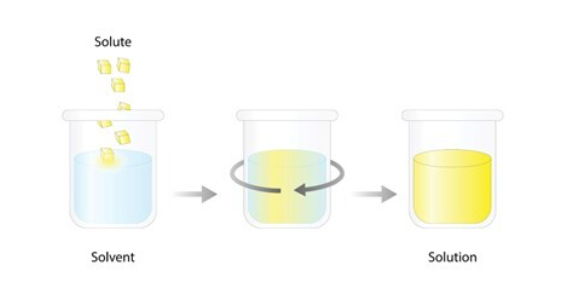MCR Safety has over forty years of experience as a leader in the field of personal protective equipment (PPE). Our assortment of offerings includes gloves, glasses, and garments which are made from the highest quality materials available to ensure maximum safety, comfort, and style.
Solvents are indispensable across various industries, from chemical processing and pharmaceuticals to aviation maintenance and manufacturing. These substances are critical in cleaning spray guns, degreasing parts, and preparing surfaces for coating. Solvents range from everyday substances like water to more hazardous chemicals such as acetone, benzene, and toluene, which pose significant health risks if not handled properly. The OSHA PPE guidelines and Code of Federal Regulations on Hazardous Waste highlight how widespread solvent use affects millions of workers, underscoring the need for stringent safety measures.
Common solvents like ethanol, acetone, and ethyl acetate are used extensively in industries ranging from cleaning and pharmaceuticals to windshield de-icing and paint thinning. While these chemicals offer specialized benefits, they can pose serious health and environmental risks without adequate protective measures. MCR Safety offers an extensive range of chemical-resistant gloves and PPE solutions to protect workers from solvent exposure. Products like their CP14R butyl rubber gloves and 5319 Nitri-Chem™ nitrile gloves provide superior resistance to aggressive solvents, ensuring worker safety without compromising productivity.
This overview highlights the indispensable role of solvents in modern industries and emphasizes the critical importance of proper PPE selection. By combining regulatory compliance with industry-leading protective gear, businesses can create safer work environments to protect their most valuable asset—their people.
What is a solvent?
Solvents are substances that dissolve other materials, known as solutes, to create solutions. They play a vital role in numerous industries, from cleaning and manufacturing to chemical processing and pharmaceuticals. Whether cleaning spray guns, removing grease, or preparing surfaces, solvents help keep operations running smoothly. They range from everyday substances like water to hazardous chemicals like methanol and ethyl acetate.
Because solvents are so widespread in industrial and consumer products, millions of workers are exposed to potentially harmful chemicals yearly. Without proper handling and protection, these solvents can cause skin irritation, respiratory issues, and long-term health problems. That’s why it is critical to understand how to handle them safely and choose the right personal protective equipment (PPE).
Types of Solvents: Polar vs. Nonpolar
A good rule of thumb is “like dissolves like”—polar solvents dissolve polar substances, while nonpolar solvents dissolve nonpolar substances. Solvents are generally classified into two types based on how they interact with different materials:
- Polar Solvents: These dissolve water-based or ionic substances like salts and sugars. Common polar solvents include water, ethanol, and acetone. They're widely used in cleaning, pharmaceuticals, and laboratory settings.
- Nonpolar Solvents: These are best for dissolving oils, grease, and hydrocarbons. Solvents like benzene, toluene, and hexane fall into this category and are commonly used in paint thinners, adhesives, and industrial degreasers.
Solvents are primarily used for cleaning and dissolving substances, but they also play a key role in processes like paint thinning, adhesive removal, and chemical extractions. Whether working on a large industrial project or a simple DIY task, solvents make it easier to prep surfaces, clean up, and maintain product quality.
For example:
- Acetone is widely used for cleaning tools and removing adhesives.
- Ethanol is common in disinfectants and pharmaceuticals.
- Toluene helps dissolve paints and coatings.
While solvents are helpful in many applications, they can pose serious health risks if proper PPE isn’t used. That’s where MCR Safety steps in, providing gloves, goggles, and protective gear specifically designed to keep workers safe from solvent exposure.










Talk to Us!
Leave a reply
Your email address will not be published. Required fields are marked *